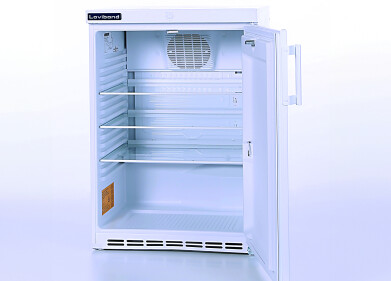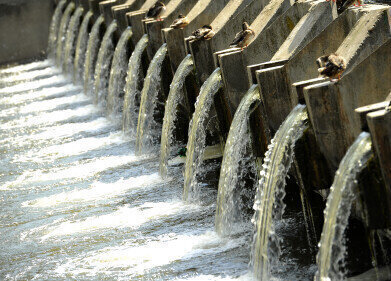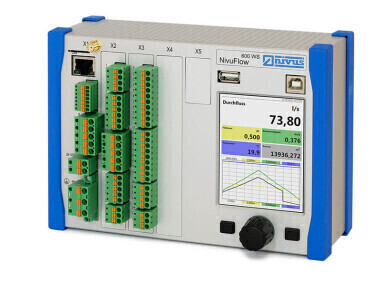Drinking Water
Chlorine Dioxide – an Effective Answer to Legionella
Apr 07 2008
bacteria can enter the lungs when a person inhales aerosols containing Legionella when showering. They can cause a life-threatening form of pneumonia known as legionellosis. The ideal breeding ground for Legionella in drinking water systems can be found in the biofilm, a slimy layer on the inside of pipes, where other pathogens also build
up and reproduce.
In accordance with the 2001 Drinking Water Ordinance, which came into effect on 1 January 2003, the building operator is responsible for ensuring top quality drinking water from the water provider’s connection. The number of germs is not permitted to exceed a specific limit. Local health authorities are required by law to inspect public buildings regularly. An ideal means of ensuring the cleanliness of drinking water is to use chlorine dioxide as a disinfectant. Chlorine dioxide is highly effective against all types of germs and has a long dwell time in the system, which means it disinfects even without extracting water. The big advantage of chlorine dioxide over other disinfectants is its effectiveness against biofilms. It actually destroys the existing biofilm, thus removing the breeding ground for the Legionella, and prevents it from building up again. Ideal application areas for Oxiperm Pro from Alldos (UK) include combating Legionella in building installations and disinfecting small cooling water systems.
The chlorine dioxide production system Oxiperm Pro is the perfect solution for fighting Legionella. It is available in two capacity levels, producing 5 and 10 g of chlorine dioxide per hour respectively. This capacity is sufficient to treat up to 50 m³ of drinking water per
hour at the maximum admissible concentration of 0.4 mg/l ClO2. Chlorine dioxide is produced on demand on the basis of the reliable sodium hydrochloric acid procedure using diluted solutions, in accordance with the Drinking Water Ordinance. The compact Oxiperm Pro system can also be installed in confined areas as operation and maintenance are performed exclusively from the front. A measurement value logging
device is integrated in the system control, which enables straight-forward retrofitting of a chlorine dioxide control unit. A wide range of additional accessories simplifies assembly and start-up. In fact, the system can be connected and taken into operation without even interrupting the building’s water supply. This represents a decisive cost factor when it comes to decontaminating hospitals or nursing homes of Legionella.
Oxiperm Pro’s robust design ensures high operational reliability and lower maintenance costs. Furthermore, the newly designed control system makes for straight-forward and user-friendly operation and opens.
Digital Edition
AET 28.4 Oct/Nov 2024
November 2024
Gas Detection - Go from lagging to leading: why investment in gas detection makes sense Air Monitoring - Swirl and vortex meters will aid green hydrogen production - Beyond the Stack: Emi...
View all digital editions
Events
Jan 12 2025 Abu Dhabi, UAE
Jan 14 2025 Abu Dhabi, UAE
Jan 20 2025 San Diego, CA, USA
Carrefour des Gestions Locales de L'eau
Jan 22 2025 Rennes, France
Safety, Health & Wellbeing LIVE
Jan 22 2025 Manchester, UK



















